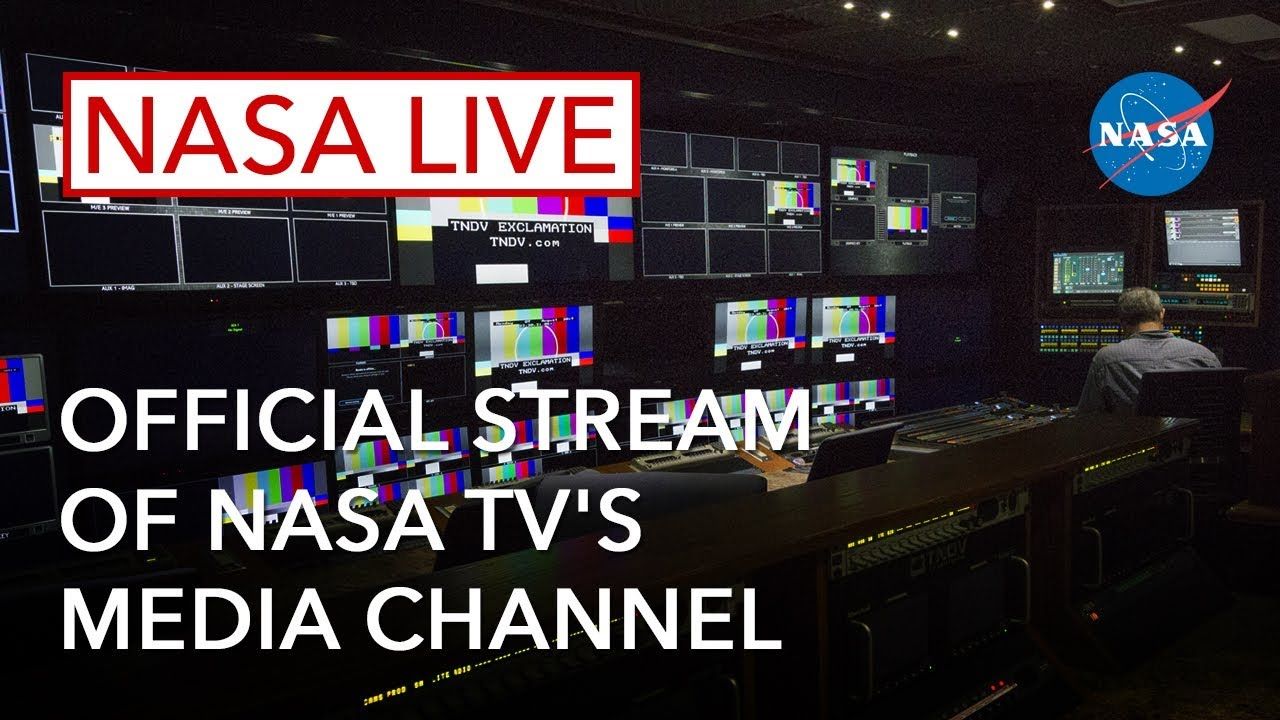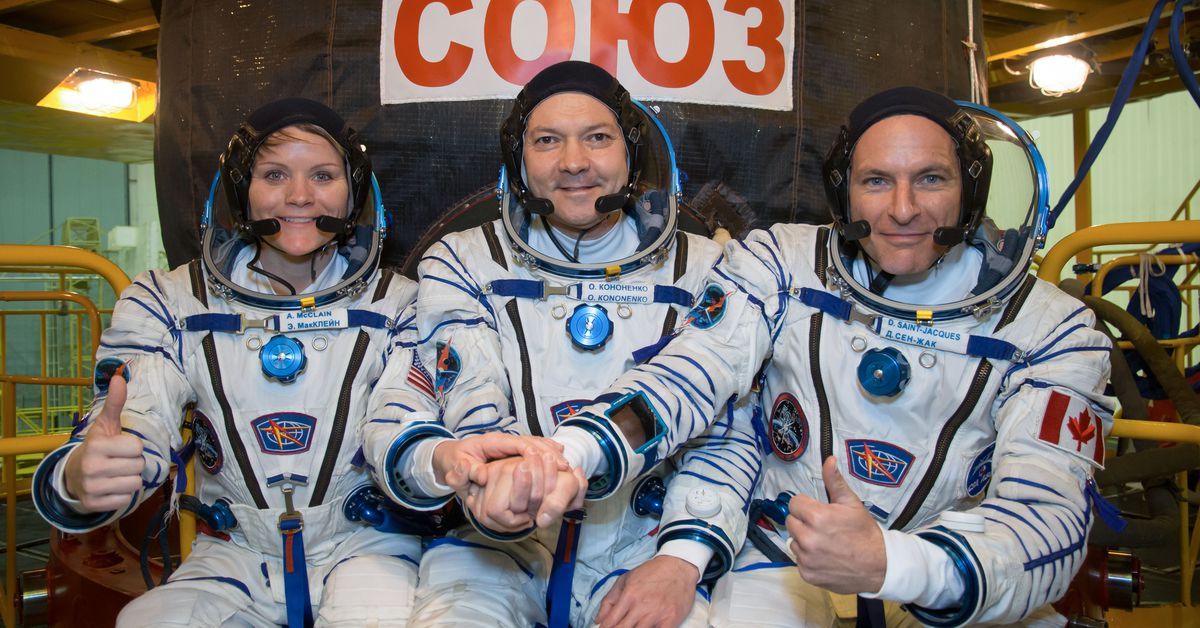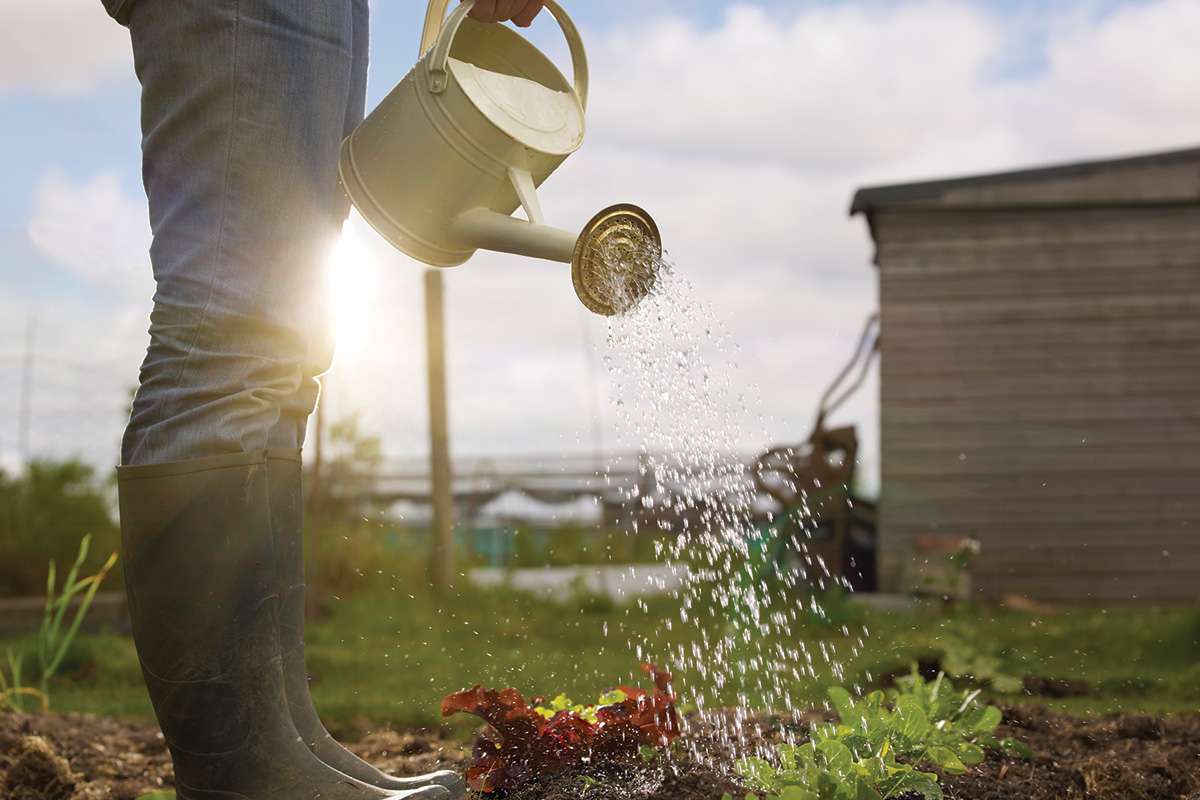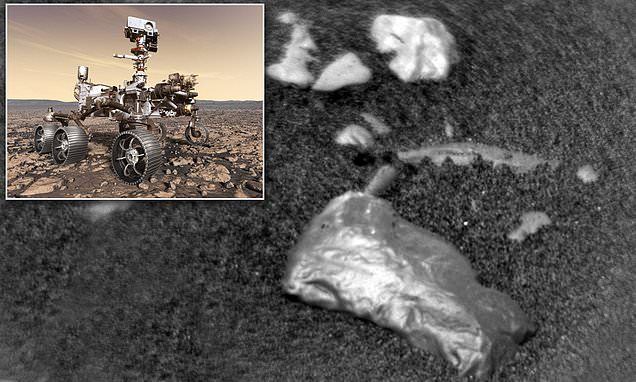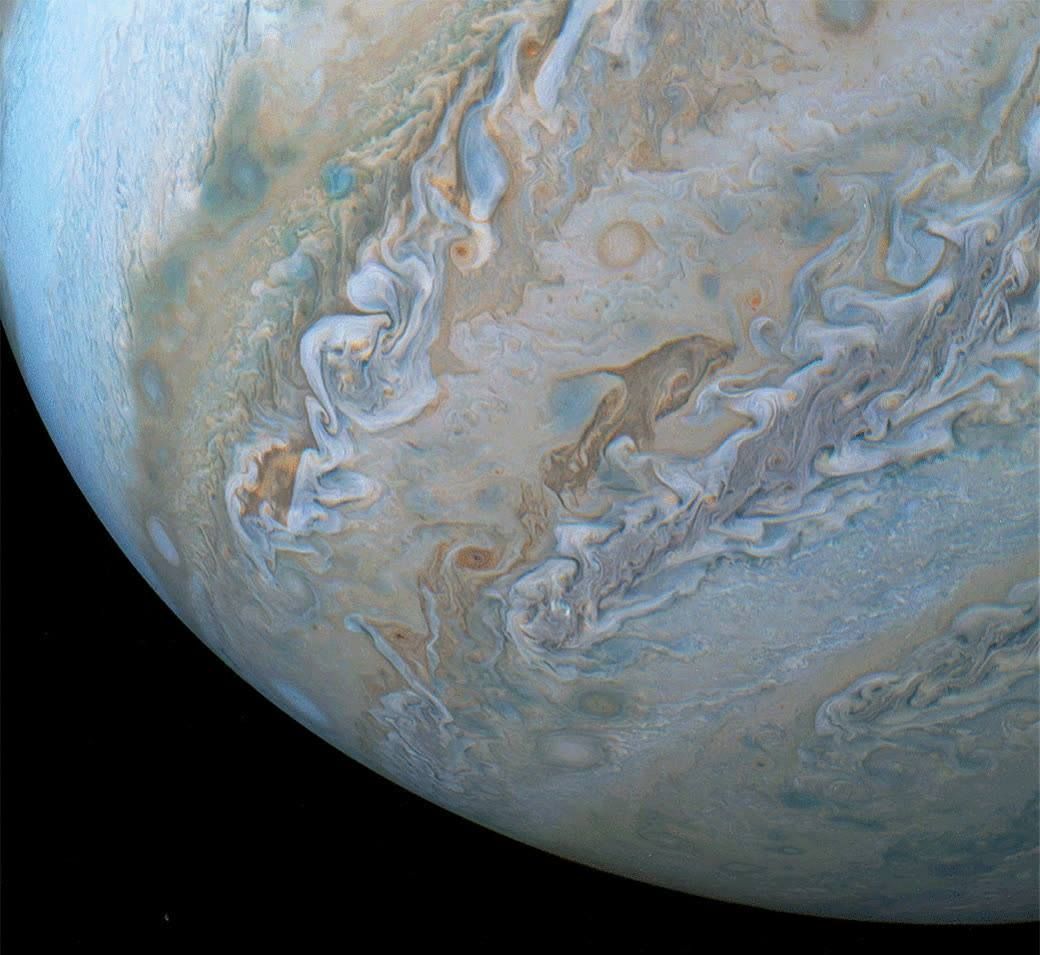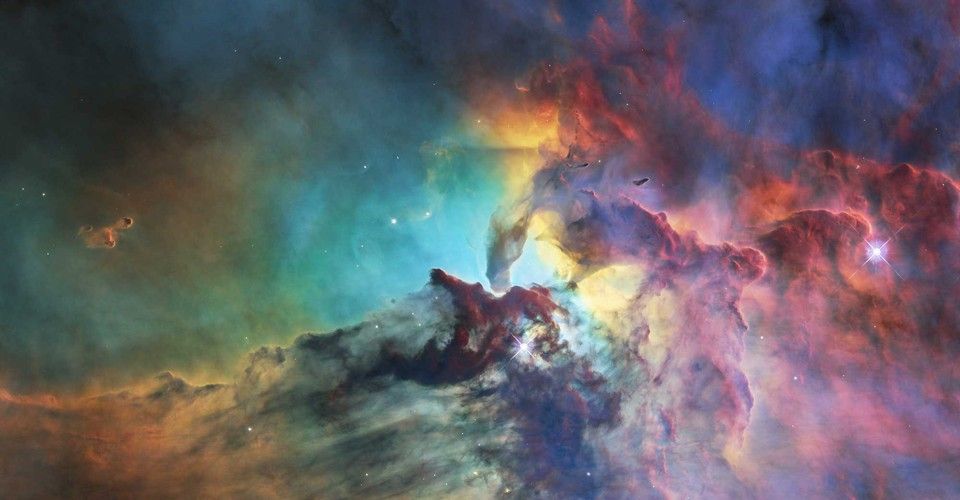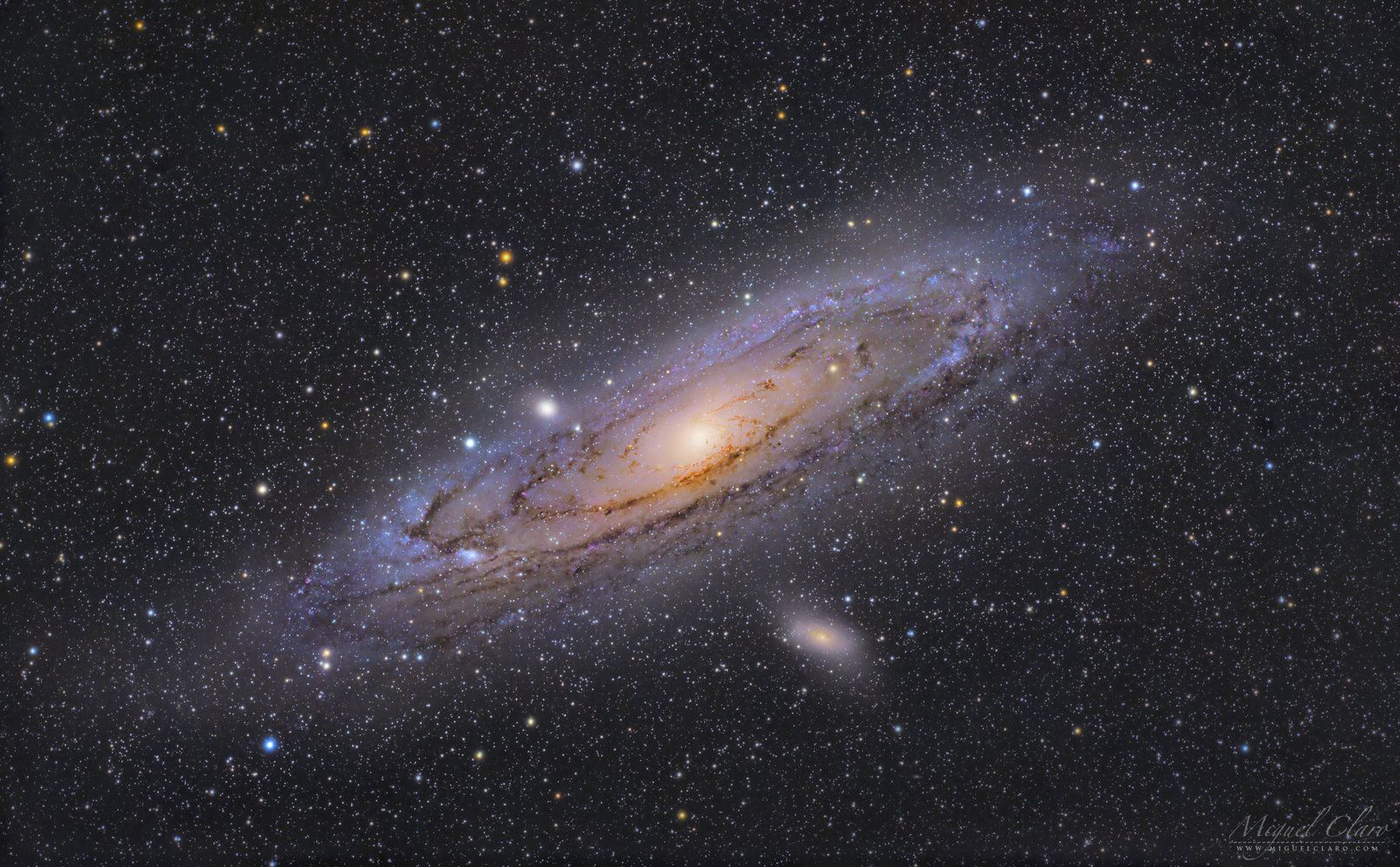
Miguel Claro is a professional photographer, author and science communicator based in Lisbon, Portugal, who creates spectacular images of the night sky. As a European Southern Observatory Photo Ambassador and member of The World At Night and the official astrophotographer of the Dark Sky Alqueva Reserve, he specializes in astronomical “Skyscapes” that connect both Earth and night sky. Join Miguel here as he takes us through his photograph “The Colourful Spiral Galaxy of Andromeda.”
Around the same time that the first human ancestors of the genus Homo roamed the Earth, light from the Milky Way’s closest neighboring galaxy began its 2.5 million-year trek to our planet, creating the image we see today.
Homo, the genus that includes modern humans, is estimated to be between 1.5 and 2.5 million years old. Meanwhile, the Andromeda galaxy (M31) is 2.5 million light-years away from Earth. In the amount of time it took for that light to reach us, humans have evolved from the stone tool-wielding Homo habilis up to the point where we have the necessary technology to construct powerful telescopes, giving us the capability to observe, study, photograph and understand the wonders of the vast universe. [Andromeda Galaxy Photos: Amazing Pictures of M31].
Read more

